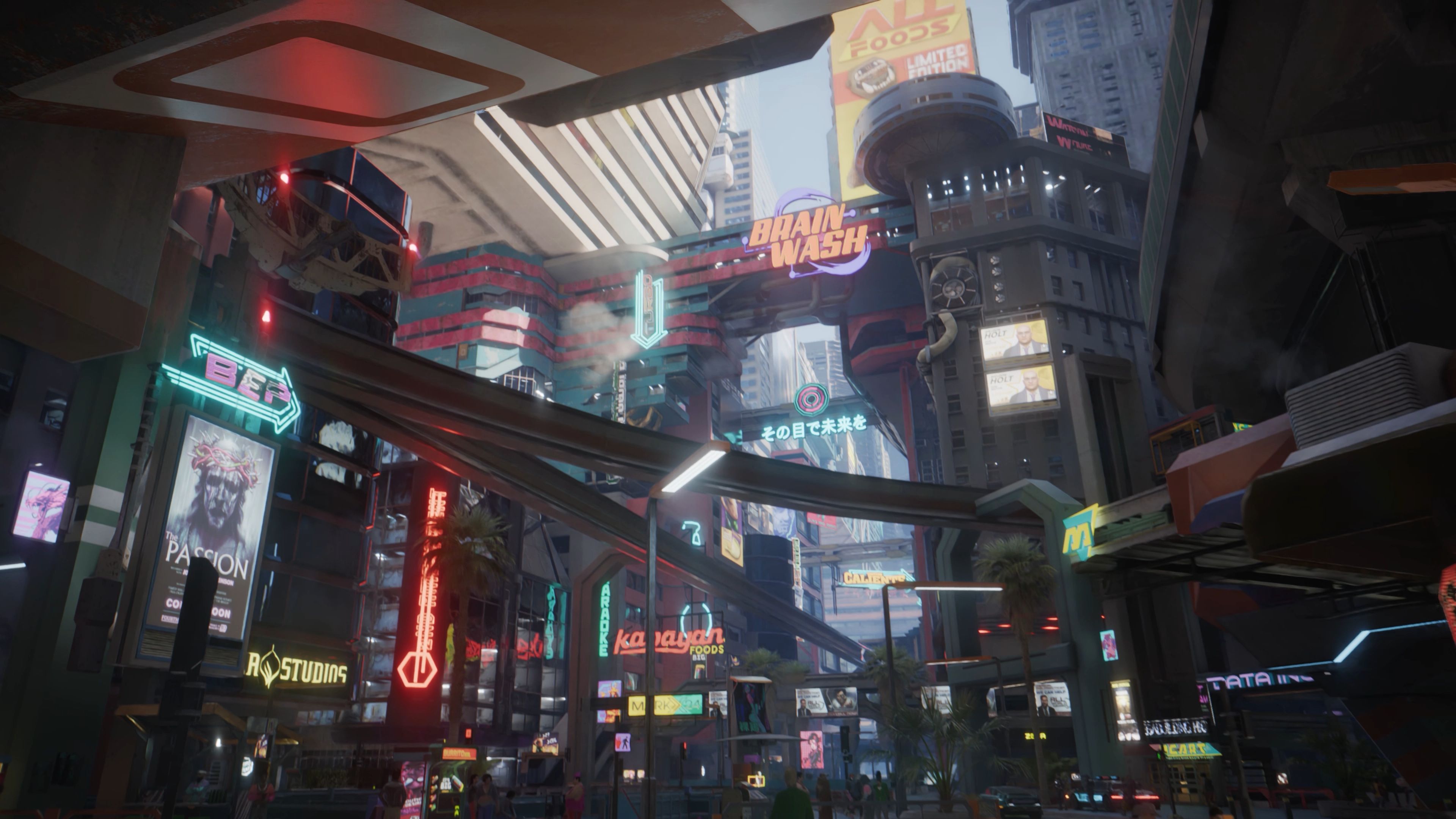Starfield Ship Shield Guide: Defense Optimization and Repair

Welcome, spacefarer! Whether you're a seasoned explorer charting unknown systems or a new pilot just getting your bearings, one truth remains constant in the vastness of the Settled Systems: your ship's hull is only as strong as the shield protecting it. Understanding your ship's shield system isn't just a technical detail; it's the difference between a successful voyage and becoming another piece of cosmic debris.
This comprehensive guide is your one-stop resource for everything related to ship shields in Starfield. We'll dive deep into how shields work, how to optimize them for any situation, and the crucial steps for keeping them operational when things get heated. By the end, you'll be a master of defense, confidently navigating asteroid fields and pirate ambushes alike.
Understanding Your Shield System: The Basics
At its core, your ship's shield generator is a marvel of technology. It projects a powerful energy barrier around your vessel, absorbing or deflecting incoming damage from lasers, ballistics, and missiles before it can harm your actual hull. The primary stat you'll see is Shield Health or Shield Strength, measured in units. A higher number means a larger "pool" of protection.
However, raw power isn't everything. Two other critical, often overlooked factors are:
- Regeneration Rate: How quickly your shields recharge after taking damage. A shield with massive health but a slow regen rate can leave you vulnerable for long periods in a sustained fight.
- Regeneration Delay: The amount of time after taking damage before the regen process begins. A short delay is invaluable, allowing your defenses to bounce back almost immediately if you can avoid fire for just a few seconds.
Think of it like this: Shield Health is the size of your gas tank, Regeneration Rate is how fast the pump refuels it, and Regeneration Delay is the time it takes to drive to the gas station. You need a balanced approach for optimal performance.
Optimizing Your Defense: A Strategic Approach
Optimizing your shields goes beyond simply buying the most expensive generator you can find. It's about creating a synergistic system that complements your ship's design, your piloting style, and the threats you expect to face.
1. Choosing the Right Shield Generator
When browsing ship services technicians, you'll see a variety of generators. Look beyond just the shield health number.
- For the Brawler/Battlecruiser: If you enjoy getting up close and personal, prioritize high shield health above all. You'll be soaking up a lot of damage, so you need a deep pool to withstand the punishment. Look for generators labeled as "Bulwark" or "Vanguard" classes.
- For the Dogfighter/Interceptor: Speed and agility are your assets. For you, regeneration rate and delay are often more critical than total health. You can dip in and out of combat, and a fast-recharging shield will keep you in the fight longer. Seek out "Sentinel" or "Aegis" models known for their quick recovery.
- Balanced/All-Rounder: Most players will want a balanced generator that offers a good mix of health and regen. This is the most versatile choice for handling unexpected encounters while exploring.
2. The Power Management Game
Your shield generator's performance is directly tied to the amount of power (pips) you allocate to it in the power distribution menu. More pips mean a higher effective health pool and a faster regeneration rate. In a calm exploration phase, you can afford to put minimal power into shields. But the moment your scanners pick up a hostile blip, you should be diverting maximum power to shields and weapons. Mastering this dynamic power allocation is a key starship defense optimization skill.
3. Crew Skills and Your Shield
Never underestimate the value of a skilled crew. Recruiting crew members with the Shield Systems skill provides a passive but significant boost to your ship's shield performance. Each rank they have increases your total shield health. This is a fantastic way to get more defense without spending a single credit on a new module, effectively giving you a free shield upgrade.
4. Facing Different Damage Types
While Starfield may simplify damage types compared to other games, it's wise to consider your enemies. Pirates often favor ballistic weapons, while more advanced factions might use powerful particle beams or lasers. A well-rounded shield is your best bet, but paying attention to which factions hit you the hardest can inform your upgrade choices.
In the Heat of Battle: Emergency Shield Repair and Tactics
Even the best shields can fail. What you do when your shields are down or failing is what defines a great captain.
1. The "Shielded Cargo" Misconception
First, a quick clarification. "Shielded Cargo" refers to special holds that mask contraband from scans. It has no bearing on your ship's combat shields. Don't confuse the two when planning your ship defense strategy!
2. Manual Systems Targeting
When facing a powerful enemy ship, use the "Targeting" mode (usually tied to your ship's scanner). This allows you to lock onto and specifically target an enemy's subsystems. If you're on the defensive, targeting their engine systems can slow them down, making it easier for you to break line-of-sight and let your shields recharge. It's a brilliant defensive-offensive maneuver.
3. Disengaging to Recover
The oldest trick in the book is still the best. If your shields are low and your hull is taking a beating, disengage. Boost away, put an asteroid or a moon between you and your pursuers, and give your systems time to recover. A few seconds of peace is all your shields need to begin their emergency shield repair cycle. Knowing when to retreat is not cowardice; it's smart tactics.
4. Consumables and Repair
Keep an eye out for ship parts or other consumables that can provide an instant shield boost or hull repair during combat. Using these at the right moment can turn the tide of a losing battle. They are a crucial part of any starship combat preparation checklist.
Post-Combat: Damage Assessment and Long-Term Health
After a tough fight, your first stop should be a ship services technician.
- Check for Damage: Your shield generator itself can be damaged in combat. A damaged module will operate at a significantly reduced efficiency. Always repair all ship systems after a major engagement.
- Upgrade Path: As you level up and earn more credits, continually revisit your shield generator. The best Class C generators offer phenomenal protection that can make you nearly invincible against all but the largest fleets. Planning your ship shield upgrade path is a long-term project.
Advanced Tips: The Engineering Bay and Customization
For the true ship-builders out there, remember that your reactor class (A, B, or C) determines the maximum shield generator you can install. You cannot put a top-tier Class C shield on a Class A reactor. Your entire ship build needs to be considered. Furthermore, some high-end generators might require a specific rank in the "Starship Design" skill to be purchased and installed. Investing in this skill opens up a world of powerful starship shield customization options, allowing you to create a truly unique and resilient vessel.
Conclusion: Your Shield is Your Sanctuary
In the cold, unforgiving vacuum of space, your ship's shield is your mobile sanctuary. It's the bubble of safety that allows you to explore, trade, and fight another day. By understanding the mechanics of shield health and regeneration, strategically choosing and powering your equipment, and employing smart tactical retreats, you transform from a potential target into a formidable force. So go ahead, pilot. Power up those shields, plot your course, and dive fearlessly into the starfield. The cosmos is waiting.














